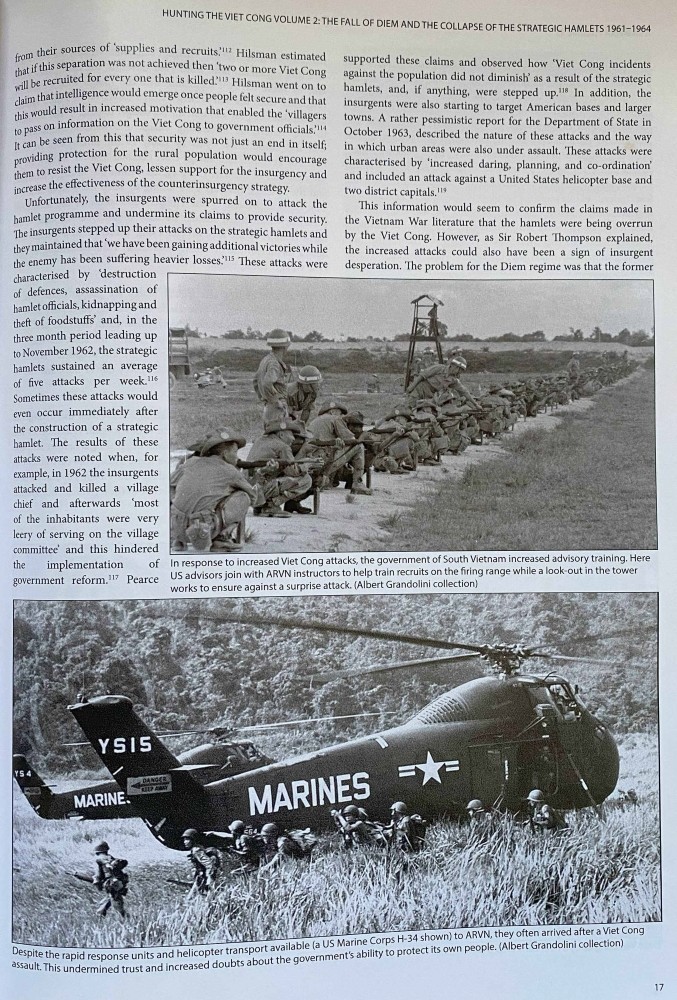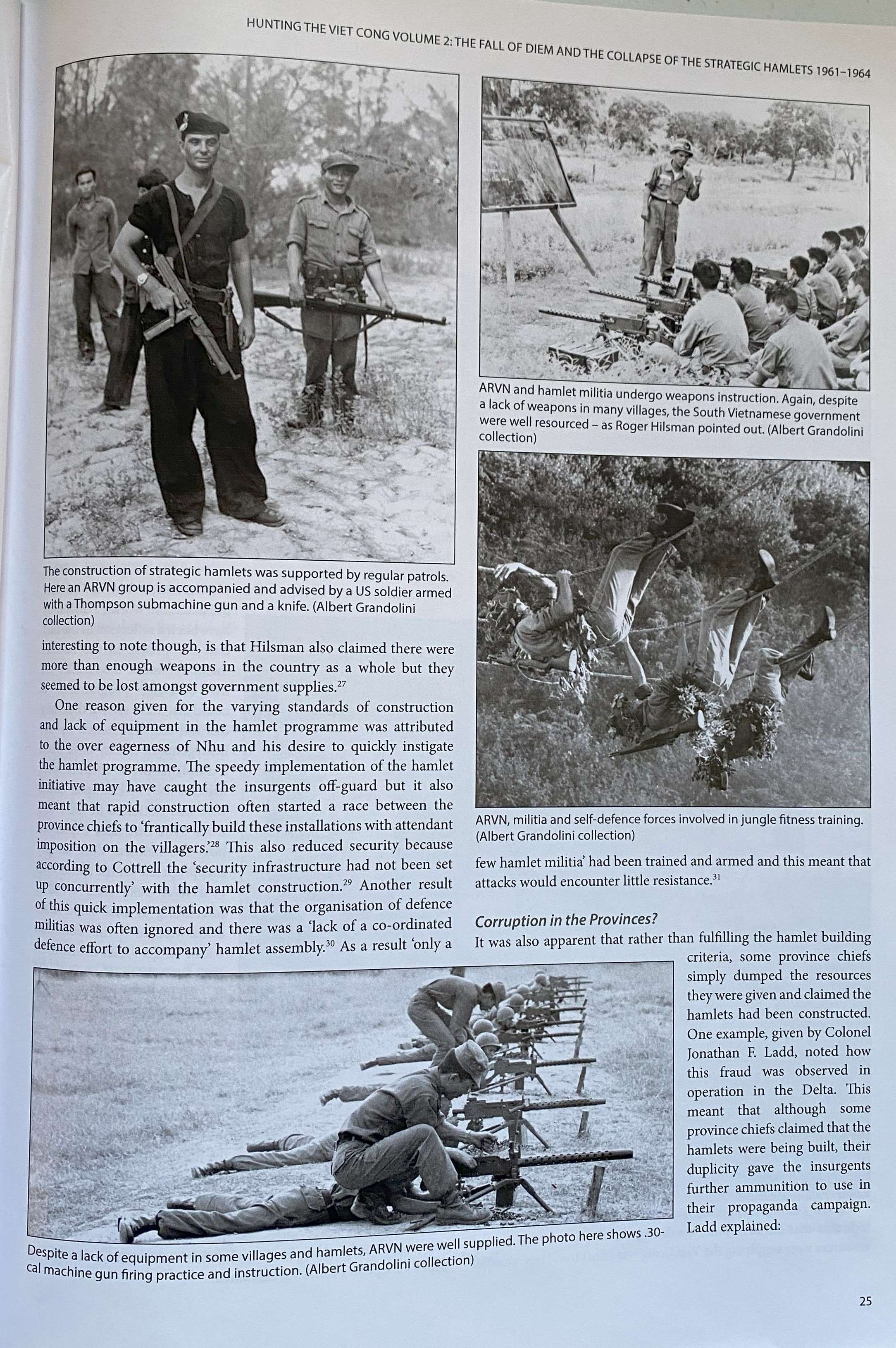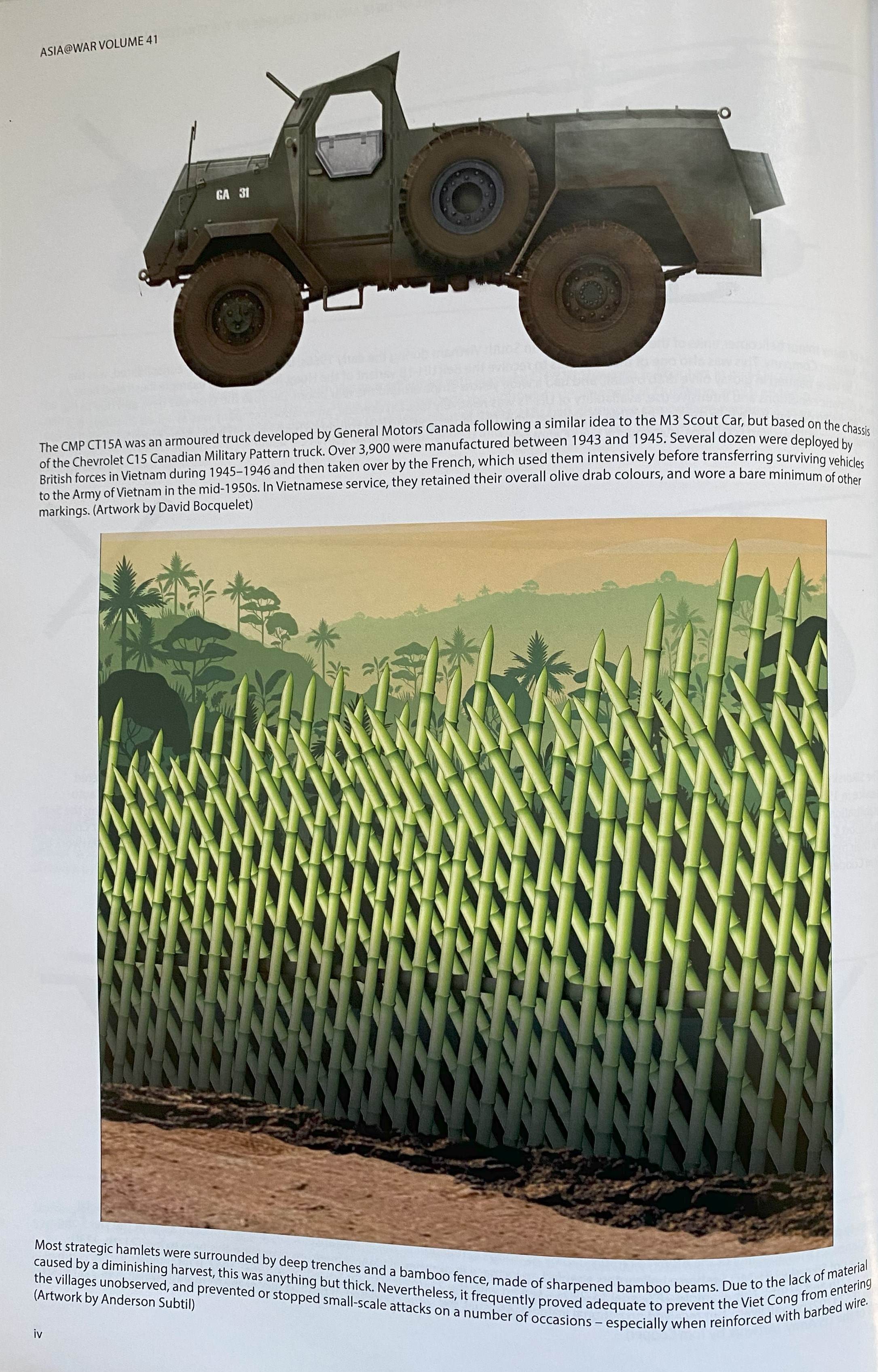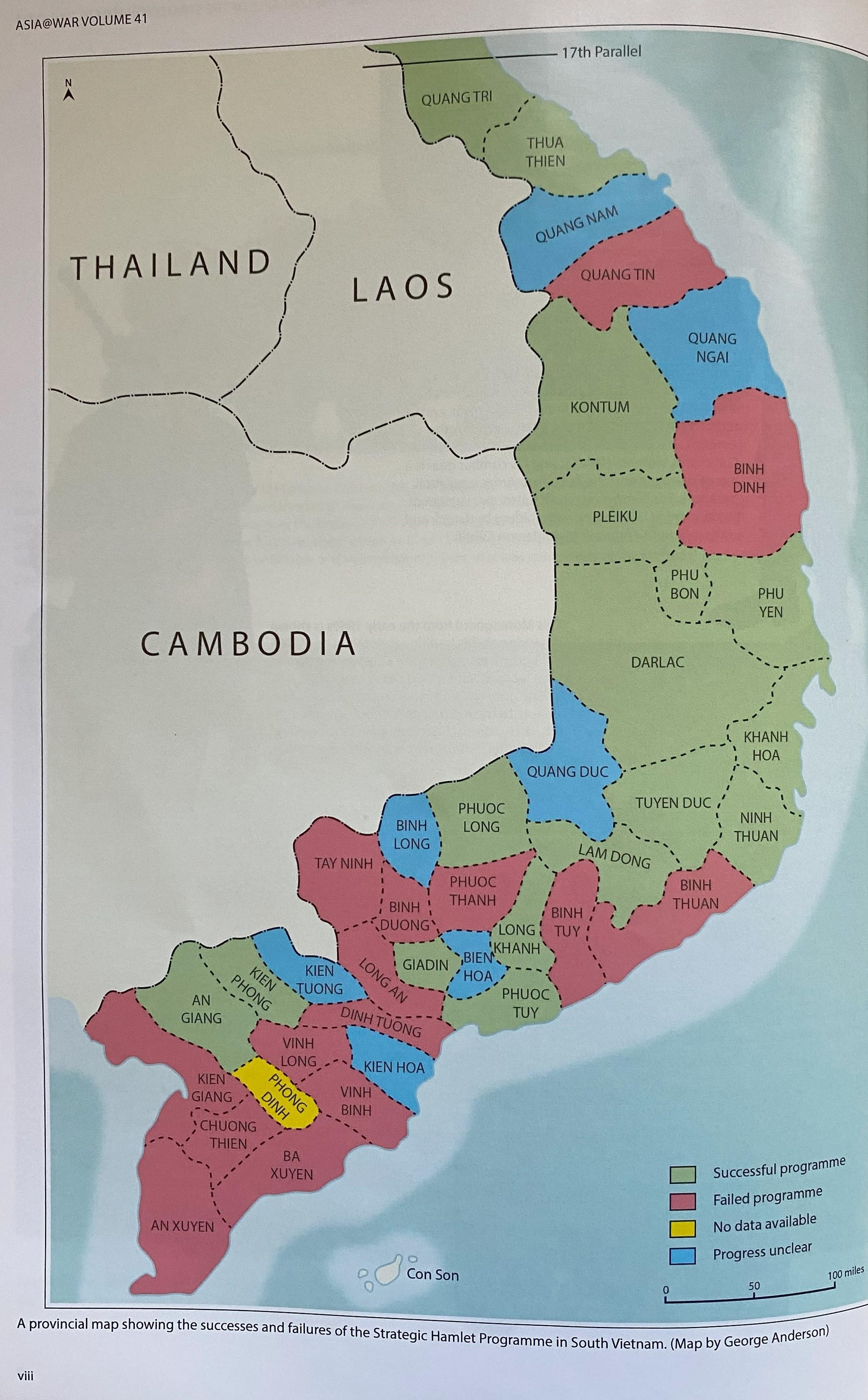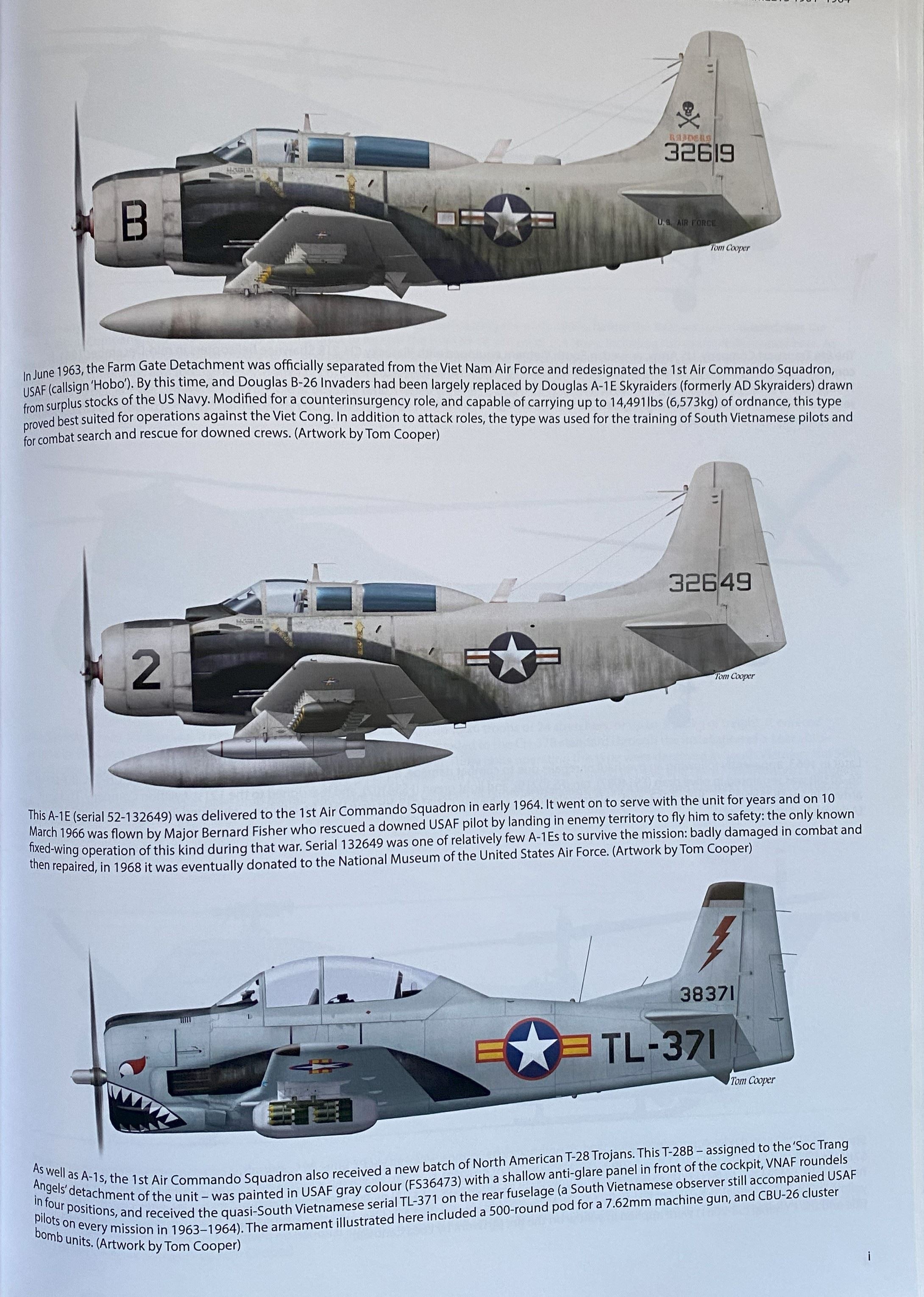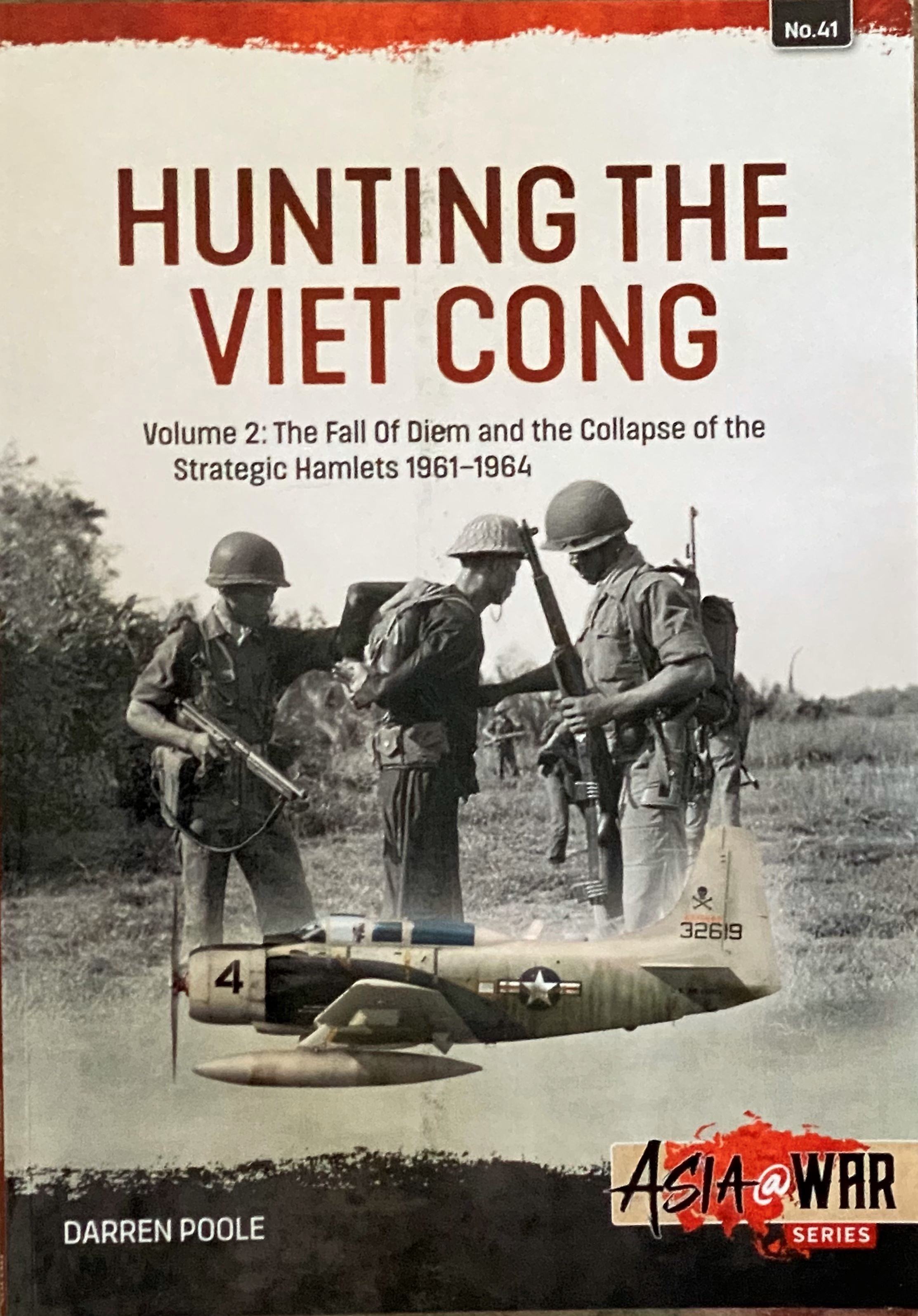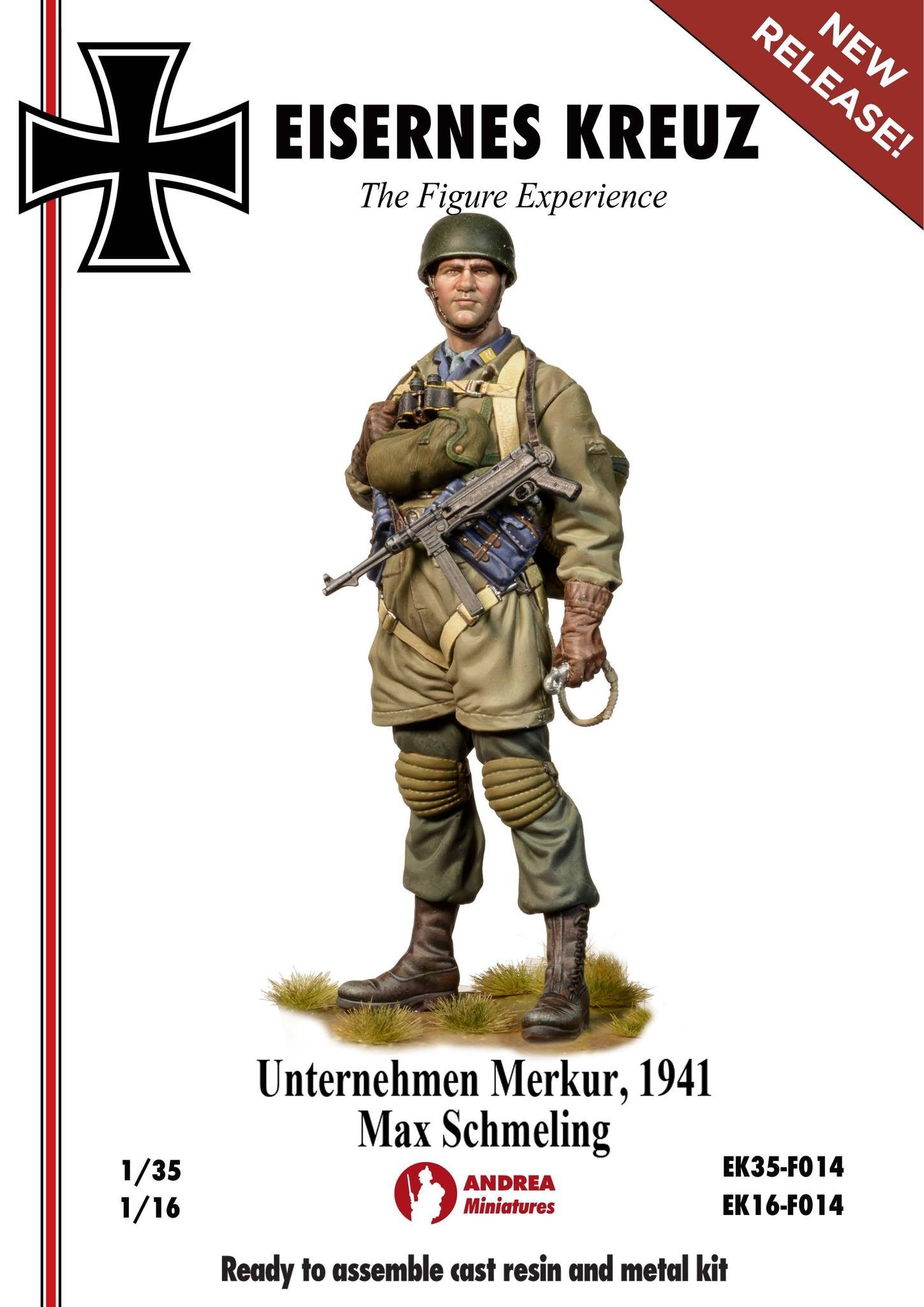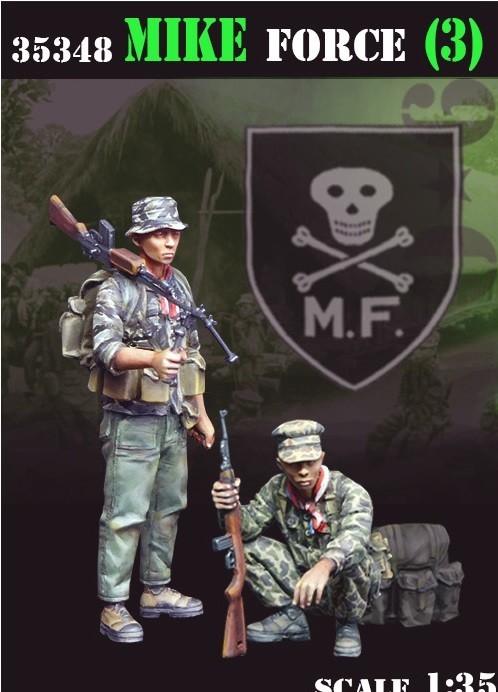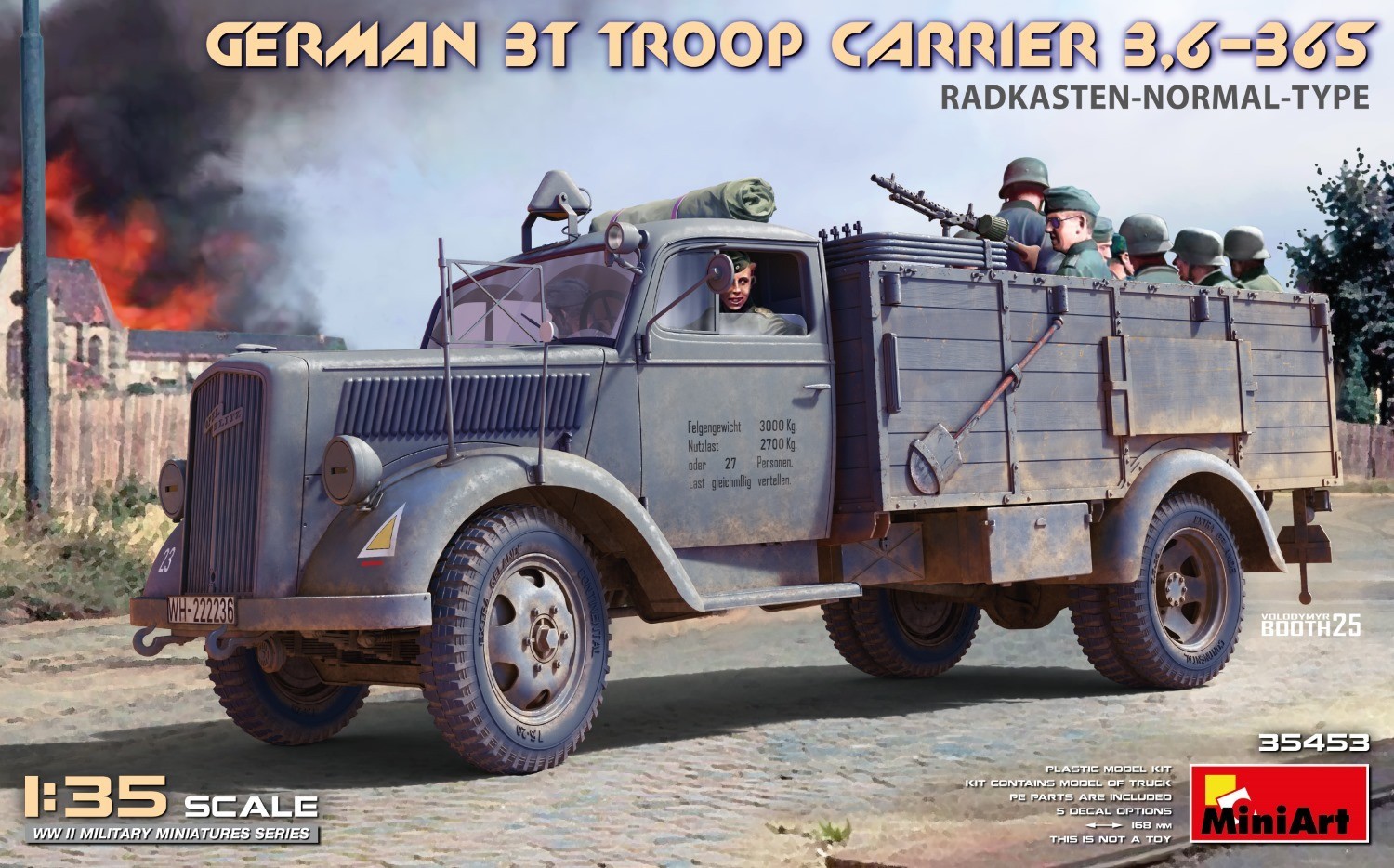Introduction
In the early 1960s, there were many in Vietnam-- Vietnamese and Americans-- who believed the war was winnable, and not just the bloviators in charge, who often had little or no direct knowledge of what was happening outside Vietnam's cities. Britain had prevailed against a Communist insurgency in what was then Malaya during the 1950s, and Ramon Magsaysay had beaten back a similar one in the Philippines. But unlike in the Philippines, for example, South Vietnam lacked an incorruptible leader, or the will to fight their enemy on the same level of commitment as the Viet Cong. South Vietnam's president, Ngô Đình Diệm, was more-concerned about surrounding himself with loyal sycophants than actually destroying the VC. Indeed, it would be a palace coup d état that would end both his rule and his life in 1963. Yet in the years prior, he put strengthening his family's hold on power above defeating the insurgency, often punishing officers whose units suffered "too many" casualties. And with a "top down" leadership, Diệm signaled he was more interested in loyal followers than in defeating an enemy he neither respected nor feared.
Among the Americans working in Vietnam attempting to "save" democracy, there was an absence of understanding of Vietnamese culture, and an emphasis on "metrics" that had helped Defense Secretary Robert McNamara succeed running the Ford Motor Company, but which blinded him and those who worked for him to the actual situation in the field. This would ultimately lead the United States into facilitating the overthrow of Diệm, and when that failed to right things, intervene directly in the war without the South Vietnamese even asking them to.
Still, the Viet Cong in the early 1960s were relatively weak and poorly-armed; in hindsight, the war might have gone differently had the conflict been handled differently. That is the explicit theme of a two-volume set from Casemate Publishing released in the past year: the insurgency could have been defeated if the right path had been followed. Darren Poole, a lecturer at Britain's University of Chester, delves deeply into captured Viet Cong documents and period studies to offer a counter-narrative to how the war might have gone, avoiding the catastrophic bloodshed that occurred once Diệm was overthrown and American troops began arriving by the hundreds of thousands.
Contents
Volume One: The Strategic Hamlet Programme
1. "Cutting Up" the Viet Cong
2. The Insurgents Respond
3. The X-Factor
Volume Two: The Fall of Diem and the Collapse of the Strategic Hamlets 1961-1964
1. Just Shoot
2. Be Still
3. The Beginning of the Beginning?
The Review
The two books are an excellent mixture of history and modeling aids for members of the Kitmaker Network. The uniforms, vehicles and aircraft used to combat the VC are laid out in gorgeous detail through the use of colored plates, and modelers will have little problem finding inspiration for the many oddball items used in the conflict. For example, heavy armor and jets were for the most part not present in theater; the Army of Viet Nam (ARVN) used armored cars and piston-driven A-1 Skyraiders or T-28 Trojans loaded with bombs and rockets. But much materiel left over from the French Indochina War was still used, and US aid often meant sending in our military's cast-offs. The pickings for imaginative modelers is quite rich.
The narrative revolves around the Strategic Hamlet Programme set up to counter the Communist insurgency. By the late 1950s, the Viet Cong gradually winning in the countryside, while in the cities, President Diệm was focused on consolidating his power, and avoiding another coup. The VC were ruthless in their tactics, and the challenge for the Diệm government was how to win the "hearts and minds" of the Vietnamese rural populace, while protecting them from the insurgent violence. Their solution was to herd the populace into so-called Strategic Hamlets surrounded by defenses and theoretically protected by the ARVN. The government in Saigon and its hordes of American advisers believed that by cutting the Communists off from their support among Vietnam's peasants (80% of the population in the 1960s), they could either starve them or isolate them for destruction by the military. The Viet Cong would be unable to siphon off food, money and recruits from the peasants if they were excluded from the villages.
Initially, the program showed promise: rural populations were gathered into walled communities, and provided with arms and training to repel attacks. The Communist leadership saw the seriousness of the threat, since unlike in some narratives, large groups of the South Vietnamese were opposed to the Communists, and cooperated with the government, often by identifying VC operatives or warning of impending attacks. Poole cites studies showing success (largely in areas outside the Mekong Delta in the South) where hardened villages, backed up by government troops ferried in by helicopters, were drastically cutting into VC manpower and supplies.
Unfortunately, the program failed in other areas, particularly the Delta, where the government forced peasants to leave their ancestral villages, simultaneously failing to guarantee the safety of hamlet occupants. Further, the Viet Cong leadership adjusted their tactics, attacking vulnerable hamlets, and undermining the program by identifying and exploiting its weaknesses. Village elders who cooperated with the government were targeted for execution, thereby intimidating the populace. There isn't space here to go into depth about the many reasons for the program's failure; suffice it to say the two volumes exhaustively explore the contradictions behind this maddeningly-complex war at a point where its outcome wasn't yet determined.
Conclusion
The "American" part of the Vietnam War has gotten a ton of attention; however, the insurgency in the late 1950s and early 1960s was much more fluid than later on after North Vietnam, China and the Soviet Union used Vietnam to fight a bloody proxy war with United States ground and air forces. This set is valuable, both as a tool for modelers, and as a summary of our growing understanding of the period, and the factors that led to the defeat of the United States and South Vietnam in the 1970s. Modelers would do well to look for inspiration in topics and dioramas that have been less well-covered than later on. While there are fewer options for vehicles, planes and even brown-water naval craft than later on, the "path less-traveled" will be equally or more-rewarding.
Thanks to Casemate Publishing for providing these review copies. Please be sure to mention you saw them reviewed on Kitmaker Network when purchasing your own.
